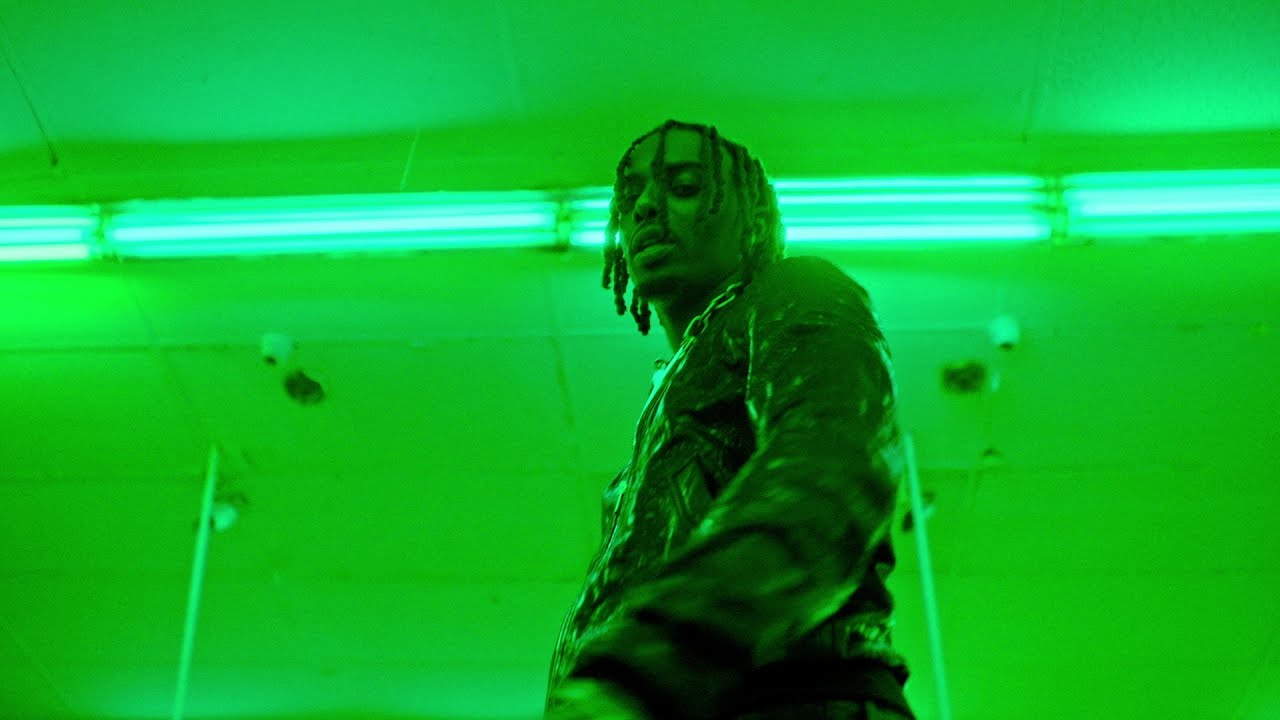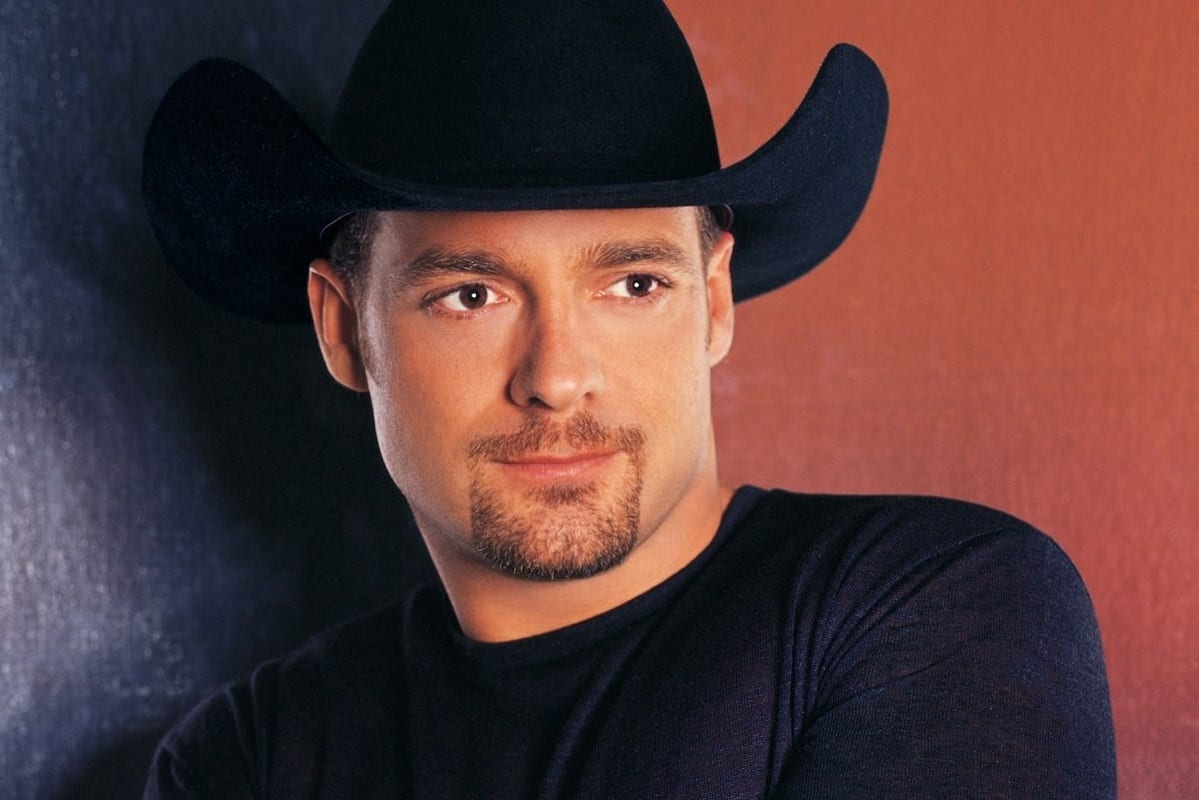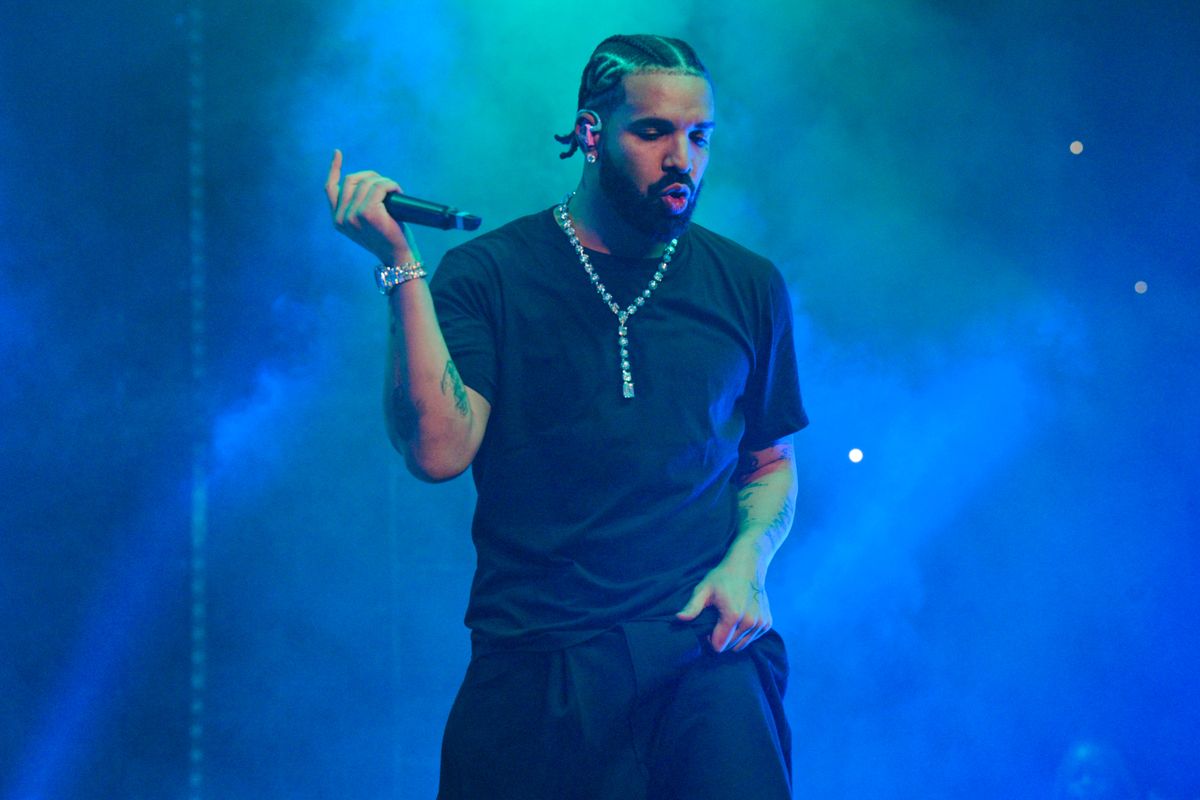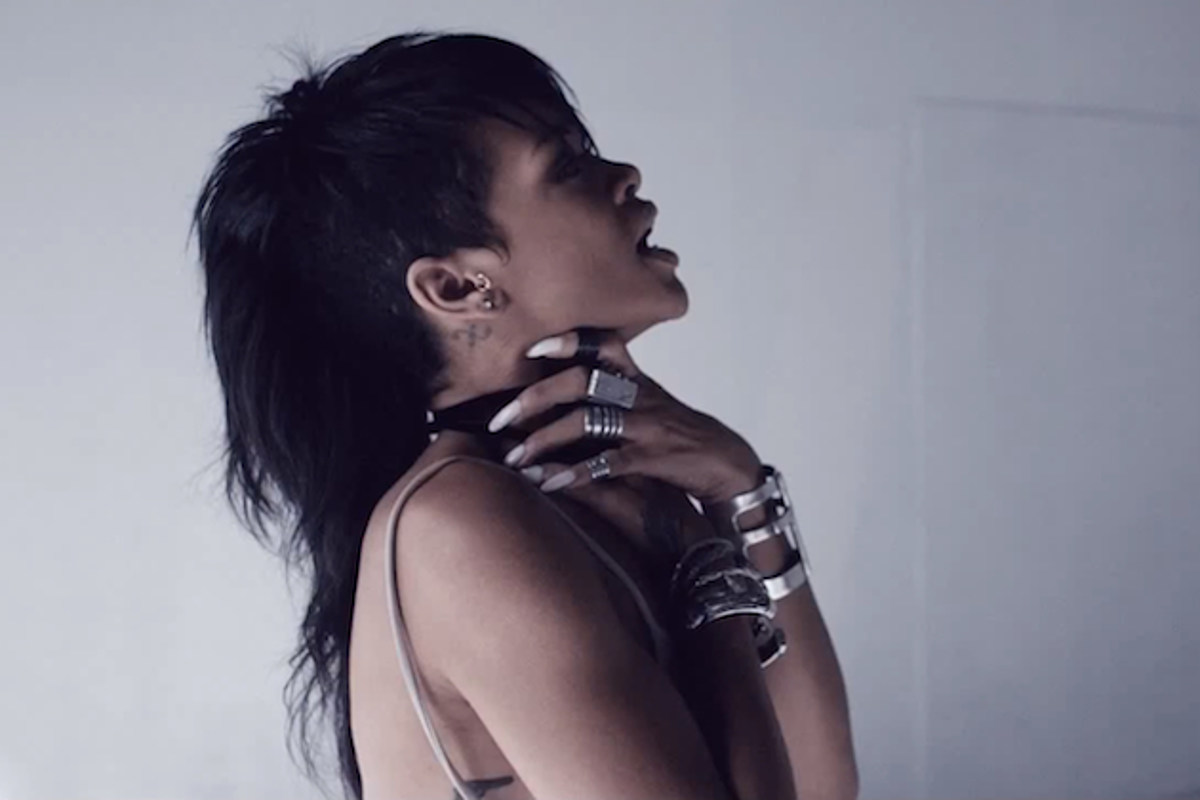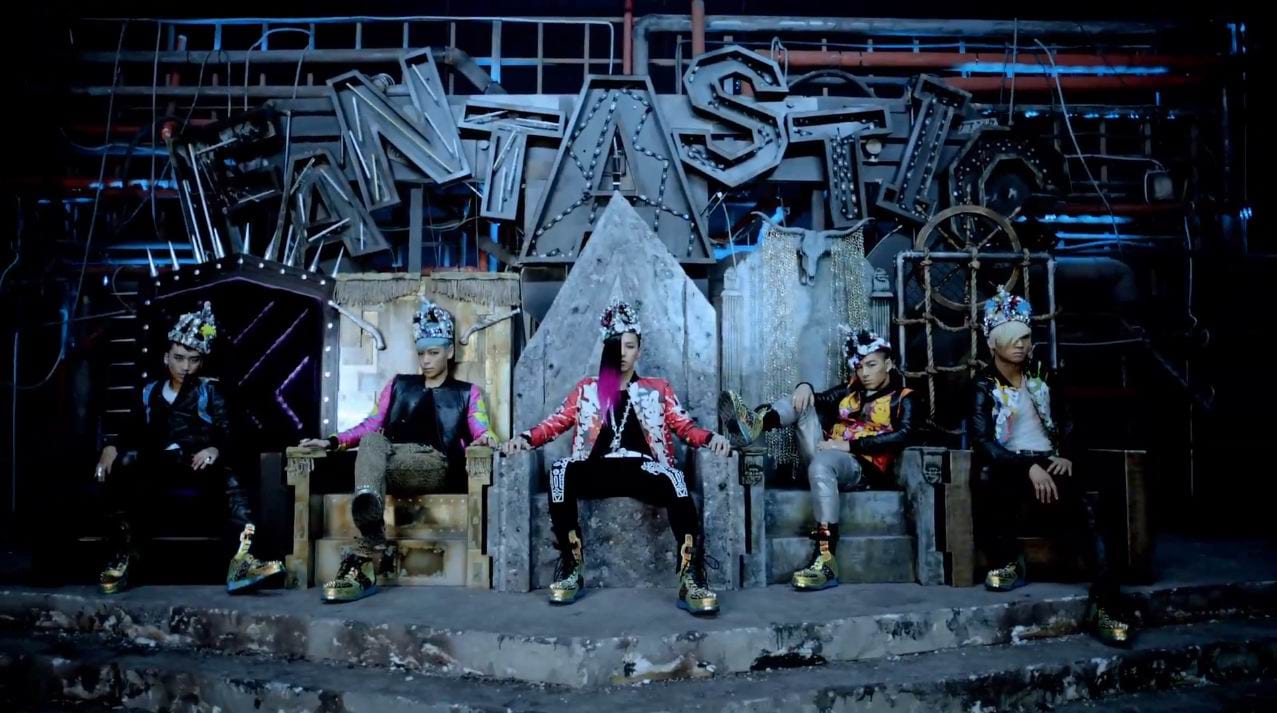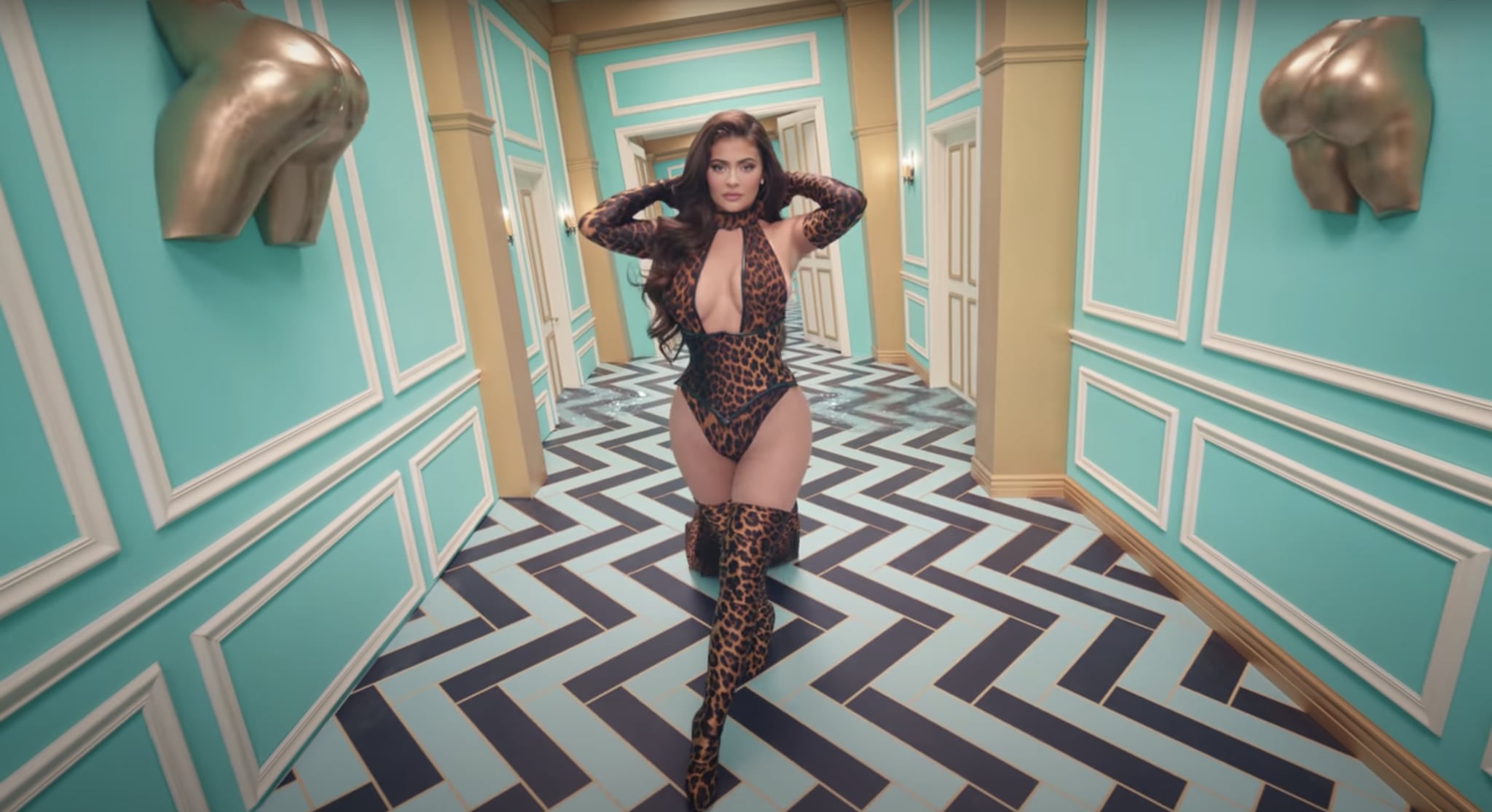Home>Production & Technology>Music Video>What Is A Music Video


Music Video
What Is A Music Video
Published: November 11, 2023
Discover what a music video is and its importance in the music industry. Explore the creative process behind music videos and how they enhance the overall musical experience.
(Many of the links in this article redirect to a specific reviewed product. Your purchase of these products through affiliate links helps to generate commission for AudioLover.com, at no extra cost. Learn more)
Table of Contents
- Introduction
- History of Music Videos
- Role of Music Videos in the Music Industry
- Elements of Music Videos
- Evolution of Music Videos
- Impact of Music Videos on Artists and Audiences
- Cultural Significance of Music Videos
- Importance of Visual Storytelling in Music Videos
- Challenges and Opportunities in Creating Music Videos
- Conclusion
Introduction
Music videos have become an integral part of the music industry, revolutionizing the way we experience and consume music. These dynamic visual representations of songs have the power to captivate audiences, evoke emotions, and enhance our understanding of the music itself.
With the advent of television and the rise of music channels like MTV in the 1980s, music videos quickly gained popularity, becoming a vital tool for musicians to promote their work. Today, they continue to hold immense significance in the music industry, with artists and fans eagerly anticipating the release of new music videos.
Music videos provide a platform for artists to showcase their creativity and express their artistic vision beyond just the audio aspect of their songs. They allow musicians to tell stories, create unique visual experiences, and connect with their audience on a deeper level.
Beyond their entertainment value, music videos have also played a crucial role in shaping popular culture. They have pushed boundaries, challenged societal norms, and sparked discussions around various social and cultural issues. From iconic performances to memorable dance routines, music videos have become a fixture in our collective memory.
In this article, we will explore the history of music videos, their evolution over time, and their impact on both artists and audiences. We will also delve into the elements that make music videos compelling and the challenges and opportunities that arise when creating these visual masterpieces.
So, sit back, put on your favorite music video, and let’s dive into the vibrant world of music videos.
History of Music Videos
The history of music videos dates back to the 1920s, long before the era of MTV. In those early days, they were known as “soundies” and were short films featuring musical performances. These soundies were primarily shown in jukebox machines, allowing people to enjoy popular melodies while visually engaging with the artist’s performance.
Fast forward to the 1960s, and music videos began to take a more recognizable form. Bands like The Beatles and The Rolling Stones started experimenting with promotional films that accompanied their songs. These films, often aired on television shows like The Ed Sullivan Show, offered viewers a visual representation of the music and the artists performing. However, these early examples were more like recorded live performances rather than the elaborate and visually captivating productions we know today.
In the 1970s, the explosion of music television brought about significant changes in the music industry. With the launch of MTV in 1981, music videos became a staple of popular culture. MTV introduced a 24-hour platform dedicated to showcasing music videos, providing a new avenue for artists to promote their music and reach a wider audience.
The 1980s and 1990s witnessed an explosion of creativity in music videos. Artists began to experiment with elaborate sets, choreographed dances, and cinematic storytelling. Iconic videos like Michael Jackson’s “Thriller,” Madonna’s “Like a Prayer,” and Guns N’ Roses’ “November Rain” became cultural touchstones, setting new standards for production value and artistic expression.
The 2000s brought with it the rise of online platforms such as YouTube, giving artists the ability to distribute their music videos globally with ease. This shift in distribution allowed for a more diverse range of music videos, with independent artists and up-and-coming talents gaining exposure alongside mainstream acts.
Today, music videos continue to evolve and adapt to the changing landscape of the music industry. With advancements in technology, artists have more creative freedom and the ability to push boundaries further. From visually stunning animations to immersive virtual reality experiences, music videos continue to captivate and engage audiences in new and exciting ways.
The history of music videos is one of constant innovation and artistic exploration. These visual companions to our favorite songs have made an indelible impact on our culture, shaping the way we experience music and offering a visual feast for the senses.
Role of Music Videos in the Music Industry
Music videos play a crucial role in the modern music industry, serving as a powerful tool for artists to reach and engage with their audience. They offer a multi-dimensional experience that goes beyond just the audio aspect of a song, allowing artists to visually represent their music and connect with fans on a deeper level.
One of the primary roles of music videos is promotional. They serve as a marketing tool for artists, helping to create buzz and generate interest in their music. In an era of streaming services and social media, music videos have become even more essential in capturing the attention of potential listeners and driving streams and downloads.
Music videos also serve as a form of artistic expression for musicians. They provide a platform for artists to bring their creative visions to life, utilizing visuals, storytelling, choreography, and cinematic techniques to enhance the overall impact of their music. Through music videos, artists can showcase their personality, style, and aesthetic, contributing to their brand image and establishing a deeper connection with their audience.
Furthermore, music videos have the power to elicit emotional responses from viewers. Through visual storytelling, artists can create narratives that complement and enhance the themes and messages of their songs. Whether it’s a heartbreaking love story or a powerful social commentary, music videos have the ability to amplify the emotional impact of the music itself, leaving a lasting impression on audiences.
Music videos also provide a window into the creative process behind the music. They offer insights into the artist’s world, allowing fans to see the behind-the-scenes footage, on-set interactions, and the effort that goes into bringing a vision to life. This transparency and authenticity can foster a sense of connection and intimacy between artists and their fans, strengthening the artist-fan relationship.
Moreover, music videos have become a source of inspiration and influence for aspiring musicians and filmmakers. They showcase innovative techniques, visual effects, and storytelling approaches that push the boundaries of creativity. They serve as a reference point for artists looking to make their mark in the industry, providing a source of inspiration and a platform to experiment and showcase their talent.
In summary, music videos play a multifaceted role in the music industry. They serve as a promotional tool, a form of artistic expression, a means of emotional engagement, a glimpse into the creative process, and a source of inspiration. Music videos have become an essential element in the overall music experience, enriching our connection with the artists and the music itself.
Elements of Music Videos
Music videos are a visual medium that combines music, storytelling, and cinematography to create a captivating audio-visual experience. They employ various elements to enhance the impact and effectiveness of the video. Understanding these elements can provide insights into the creative process behind music videos and how they contribute to their overall success.
1. Visual Imagery: Visual imagery is a key element of music videos. It encompasses the use of colors, lighting, costumes, and sets to create a distinct atmosphere and visual style. Whether it’s a dark and moody aesthetic or a vibrant and energetic vibe, visual imagery sets the tone and enhances the viewer’s engagement.
2. Narrative and Storytelling: Many music videos have a narrative or storyline that complements the song’s lyrics or theme. A well-crafted narrative can add depth and emotional resonance to the music. It allows for the creation of character arcs, plot twists, and dramatic tension, making the video more memorable and enticing for viewers.
3. Choreography and Dance: Dance has played a significant role in music videos throughout history. Choreographed routines and intricate dance moves can enhance the visual appeal and dynamic energy of the video. Dance sequences can convey emotions, convey messages, and elevate the overall entertainment value of the music video.
4. Special Effects and Visual Techniques: From cutting-edge CGI to practical effects, music videos often employ various visual techniques to create stunning visuals. Whether it’s through visual illusions, slow-motion shots, or mind-bending distortions, these effects add an extra layer of creativity and visual interest to the video.
5. Symbolism and Metaphors: Music videos often incorporate symbolism and metaphors to convey deeper meanings and messages. These symbols can be open to interpretation, allowing viewers to engage with the video on a more personal level. Symbolism can add layers of complexity and intrigue, sparking conversations and debates.
6. Performance and Visual Presence: The artist’s performance and visual presence are crucial elements in music videos. It involves the artist’s expressions, gestures, and overall stage presence. The way the artist carries themselves in the video can enhance the emotional impact and energy of the music, creating a memorable and engaging experience.
7. Editing and Cinematography: The editing and cinematography play a pivotal role in creating a cohesive and visually appealing music video. Through creative camera angles, shot composition, and seamless editing techniques, the video can convey a sense of rhythm, mood, and overall aesthetic. Effective editing and cinematography tie all the elements of the video together, ensuring a visually captivating experience for the viewers.
These elements, when combined effectively, create a music video that not only complements the song but also elevates it to new heights. Each element contributes to the overall impact and artistic value of the video, making music videos a unique form of storytelling and expression in the music industry.
Evolution of Music Videos
From the early “soundies” of the 1920s to the high-budget productions of today, music videos have undergone a remarkable evolution. Advancements in technology, changes in the music industry, and shifts in audience preferences have all played a role in shaping the evolution of music videos.
In the early days, music videos were primarily simple, live-action recordings of artists performing their songs. As technology progressed, videos started to incorporate more visual elements and storytelling techniques. The launch of MTV in the 1980s marked a turning point, as it popularized the concept of music videos and gave them a dedicated platform.
During the 1980s and 1990s, music videos became larger in scale and more visually ambitious. Artists began utilizing elaborate sets, cinematic narratives, and visual effects to create memorable experiences for viewers. This era saw the emergence of iconic directors like David Fincher, Spike Jonze, and Hype Williams, who brought a distinctive style and innovation to music videos.
The rise of the internet in the 2000s brought about a significant shift in how music videos were consumed and distributed. Artists and record labels started to release videos online, allowing for more accessibility and wider reach. This shift also democratized the music video landscape, as independent artists and emerging talents gained the opportunity to showcase their work to a global audience.
Furthermore, technological advancements have expanded the creative possibilities for music videos. The advent of computer-generated imagery (CGI) and visual effects has allowed for breathtaking visuals and fantastical storytelling. Filming techniques such as drones, virtual reality, and 360-degree cameras have also opened up new avenues for experimentation and immersion.
Additionally, social media platforms like YouTube, Instagram, and TikTok have become pivotal in the distribution and consumption of music videos. Artists now have the ability to connect directly with their fans, sharing behind-the-scenes content, teasers, and exclusive releases. Fans, in turn, can engage with the videos through comments, likes, and shares, contributing to the viral spread of music videos.
As the music industry continues to evolve, music videos will likely adapt to meet the changing tastes and trends of audiences. From interactive videos to virtual reality experiences, the possibilities are endless. With technology continuing to advance at a rapid pace, it will be exciting to see how the evolution of music videos unfolds in the coming years.
Impact of Music Videos on Artists and Audiences
Music videos have had a profound impact on both artists and audiences, shaping the way we consume and interact with music. Let’s explore the various ways in which music videos have influenced and connected with artists and audiences alike.
For artists, music videos provide a platform for creative expression and self-representation. The visual medium allows them to showcase their unique personalities, artistic vision, and storytelling abilities. Music videos can serve as an extension of the artist’s brand, helping to shape their image and build a strong fan base. The visual element allows artists to connect with their audience on a deeper level, forging a sense of intimacy and relatability.
Music videos also play a crucial role in an artist’s marketing and promotional strategies. By creating visually captivating videos, artists can generate interest and awareness for their music. Music videos provide an opportunity for artists to stand out in an oversaturated market, leaving a lasting impression on viewers. They can contribute to the success and popularity of a song, acting as a visual companion that enhances the overall listening experience.
For audiences, music videos offer a multi-sensory experience that taps into their emotions and imagination. They provide a visual context that enriches their understanding and interpretation of the music. Music videos can also serve as an escape, offering a temporary world of creative visuals and engaging narratives. They provide a form of visual entertainment that complements the audio experience, allowing audiences to immerse themselves in the artist’s artistic vision.
Music videos have become a shared cultural experience, with fans eagerly anticipating new releases and engaging in discussions and analysis. They contribute to the buzz and excitement surrounding an artist’s work, sparking conversations on social media platforms and fan forums. Music videos have the power to create viral moments and trends, shaping popular culture and becoming a part of our collective memory.
Furthermore, music videos have become a source of inspiration and influence for aspiring artists and filmmakers. They showcase innovative visual techniques and storytelling approaches that push creative boundaries. Young musicians and filmmakers can study and learn from music videos, using them as a reference point and a source of inspiration for their own work. Music videos have the potential to inspire and encourage creativity in others.
Overall, music videos have a profound impact on both artists and audiences. They provide artists with a platform for creative expression and self-representation, while audiences gain a visually stimulating and immersive experience. Music videos have become an integral part of the music industry, enhancing our connection to the music and artists we love.
Cultural Significance of Music Videos
Music videos have played a significant role in shaping and reflecting popular culture. They have become a cultural phenomenon in their own right, influencing fashion, dance trends, visual aesthetics, and societal perceptions. Let’s explore the cultural significance of music videos and their impact on various aspects of our lives.
One of the key contributions of music videos to popular culture is their ability to break down barriers. Music videos have been instrumental in challenging societal norms and promoting inclusivity. They have given a platform to artists from diverse backgrounds, cultures, and identities, allowing for increased representation and diversity in mainstream media. They have sparked conversations and discussions around important social issues, aiding in the progression of equality and acceptance.
Music videos have also had a profound influence on fashion and style. Artists’ music videos often introduce new fashion trends, inspiring viewers to emulate their favorite artist’s unique style. From Madonna’s iconic cone bra in “Like a Prayer” to Lady Gaga’s outrageous costumes, music videos have become a visual playground for artists to showcase their fashion choices and influence pop culture’s fashion landscape.
Furthermore, dance trends have been heavily influenced by music videos. Choreographed routines showcased in music videos by artists like Michael Jackson, Beyoncé, and Justin Timberlake have not only captivated audiences but also sparked dance crazes that spread globally. Music videos have the power to popularize and immortalize specific dance moves, becoming a medium through which dance cultures thrive.
Music videos have also been vehicles for storytelling and cultural commentary. They provide a platform for artists to convey narratives that tackle various social issues, promoting awareness and bringing marginalized voices to the forefront. Whether it is addressing racism, sexism, or political unrest, music videos have the power to inspire reflection and ignite conversations among viewers.
Additionally, music videos have facilitated cross-cultural exchange and appreciation. Artists from different parts of the world have been able to share their music and cultural influences through visually captivating music videos. This has allowed for the fusion of different genres, sounds, and visual styles, promoting a rich tapestry of musical and cultural diversity.
Music videos have also influenced the evolution of visual storytelling techniques in filmmaking and advertising. The fast-paced editing, unique camera angles, and visual effects present in music videos have found their way into other forms of visual media. Music videos have pushed creative boundaries, inspiring filmmakers and advertisers to experiment with innovative techniques and create visually striking narratives.
In summary, music videos possess immense cultural significance. They have the power to shape fashion trends, popularize dance crazes, challenge societal norms, and promote cultural exchange. Through their ability to entertain, inspire, and provoke, music videos continue to be an influential force in shaping and reflecting the diverse cultural landscape of our society.
Importance of Visual Storytelling in Music Videos
Visual storytelling plays a crucial role in the success and impact of music videos. It takes the viewer on a captivating journey, weaving together imagery, narratives, and emotions to enhance the overall music experience. Let’s explore the importance of visual storytelling in music videos and how it contributes to their effectiveness.
Firstly, visual storytelling allows artists to deepen the emotional connection with their audience. While music alone can evoke emotions, the addition of compelling visuals intensifies the emotional impact. Through carefully crafted visual narratives and imagery, music videos can visually represent the themes, messages, and moods of the song. This heightened emotional engagement leaves a lasting impression on viewers, strengthening their connection to the music and the artist.
Visual storytelling in music videos also provides an opportunity for artists to express their creativity and showcase their artistic vision. It allows them to communicate complex ideas and concepts in a concise and engaging manner. The visuals can serve as a visual representation of the artist’s imagination and artistic style, making the music video a reflection of their creative identity.
Moreover, visual storytelling adds depth and context to the music, allowing for a more nuanced understanding of the song. It can provide additional layers of meaning and symbolism, inviting viewers to interpret and engage with the music video on a deeper level. The visual elements can help convey the story behind the song, offering a visual context that complements and enhances the audio experience.
Visual storytelling in music videos also has the power to create memorable moments that stay with the audience long after the video is over. Iconic music videos like Michael Jackson’s “Thriller” or Queen’s “Bohemian Rhapsody” are etched in our collective memory because of their captivating visual narratives. These moments become cultural touchstones, sparking conversations and influencing popular culture.
Furthermore, visual storytelling allows artists to differentiate themselves in a crowded music landscape. With countless songs being released daily, a visually compelling music video can help an artist stand out and make a lasting impact. It becomes a tool for self-expression, branding, and creating a distinct artistic identity that sets the artist apart from others.
Additionally, visual storytelling in music videos has become more accessible than ever before, thanks to the advancements in technology. Artists can create visually stunning videos without exorbitant budgets, using innovative techniques and personal creativity. Social media platforms like YouTube and TikTok have also democratized the distribution of music videos, providing a platform for artists of all backgrounds to share their visual stories with a global audience.
In summary, visual storytelling is of paramount importance in music videos. It enhances the emotional connection, allows for artistic expression, adds depth and context to the music, creates memorable moments, and helps artists differentiate themselves. As technology continues to advance, we can expect even more visually compelling and immersive music videos that push the boundaries of storytelling and captivate audiences worldwide.
Challenges and Opportunities in Creating Music Videos
Creating a music video is a complex and multifaceted endeavor that presents both challenges and opportunities for artists, directors, and production teams. Let’s explore some of the key challenges and opportunities that arise in the process of creating music videos.
One of the primary challenges in creating music videos is budgetary constraints. Producing a visually captivating video often requires significant financial resources. From hiring a crew and securing locations to renting equipment and creating elaborate sets, costs can quickly accumulate. However, budget constraints can also serve as an opportunity for creativity and resourcefulness, pushing artists and directors to think outside the box and find innovative solutions.
Another challenge is balancing the artist’s vision with commercial considerations. Music videos often serve as marketing tools for artists and record labels, aiming to promote the song and attract viewers. This can sometimes create tension between creative expression and commercial viability. However, finding a balance between artistic integrity and market appeal can lead to a music video that resonates with both the artist and the audience.
Technical challenges also come into play when creating music videos. From coordinating complex choreography to capturing the perfect shots, there are numerous technical aspects that require careful planning and execution. The use of visual effects and post-production editing can also present challenges, requiring skilled professionals and meticulous attention to detail.
Time constraints can be another hurdle in music video production. From pre-production, including concept development and storyboard creation, to shooting and post-production, the process requires careful scheduling and coordination. Ensuring that all elements align and that the final product meets the desired vision within the given timeframe can be a daunting task.
Nevertheless, these challenges also present opportunities for creativity and innovation. Limited resources can inspire artists to think creatively and find unique ways to tell their story visually. Budget constraints can give rise to imaginative DIY approaches and encourage collaboration among artists and production teams.
Advancements in technology provide exciting opportunities for creating visually stunning music videos. With access to sophisticated equipment and visual effects, artists can bring their visions to life in unprecedented ways. Virtual reality, augmented reality, and immersive experiences offer new possibilities for creating interactive and engaging music videos.
Social media and online platforms have created opportunities for artists to reach a wider audience with their music videos. YouTube, Instagram, and TikTok, among others, have become powerful platforms for discovering new talent and building a dedicated fan base. The potential for videos to go viral and gain global recognition has never been greater.
Collaborations also present an opportunity for artists to enhance their music videos. Working with talented directors, choreographers, cinematographers, and visual artists can bring fresh perspectives and expertise to the project, elevating the overall quality and impact of the music video.
In summary, creating music videos involves navigating challenges such as budget constraints, balancing artistic vision, technical considerations, and time constraints. However, these challenges present opportunities for artists and production teams to showcase their creativity, explore innovative approaches, and leverage technology to bring visually compelling music videos to life. The ever-evolving landscape of technology and online platforms offers new possibilities for distribution and engagement, making music videos an exciting medium for artistic expression and connection with audiences.
Conclusion
Music videos have become an integral part of the music industry, transforming the way we experience and engage with music. They have evolved from simple live performances to visually stunning and narrative-driven works of art. The impact of music videos is far-reaching, influencing popular culture, fashion trends, dance movements, and societal perceptions.
Throughout history, music videos have continued to push creative boundaries, utilizing visual storytelling techniques to enhance the emotional connection between artists and audiences. They offer a platform for artists to showcase their creativity, express their artistic vision, and connect with their fans on a deeper level. Music videos have the power to evoke emotions, inspire conversations, and leave a lasting impression on viewers.
The cultural significance of music videos cannot be overstated. They challenge societal norms, promote diversity and inclusivity, and spark conversations around important social and cultural issues. They bring people together from different backgrounds, facilitating cross-cultural exchange and appreciation.
While creating music videos presents its own set of challenges, such as budget constraints and technical considerations, they also offer opportunities for artistic expression, collaboration, and innovation. Advancements in technology and the rise of social media platforms have democratized the distribution and consumption of music videos, providing a global stage for artists to share their visual stories.
In conclusion, music videos have transformed the music industry and popular culture at large. They offer a visual storytelling experience that enriches our connection with music, reflects our diversity, and shapes our collective identity. As technology continues to evolve, we can expect music videos to push creative boundaries even further, creating immersive and captivating experiences for audiences worldwide.


